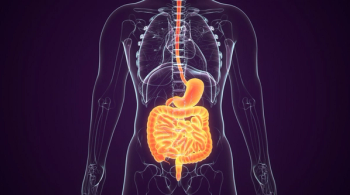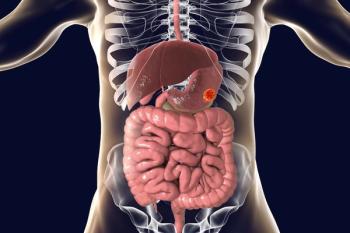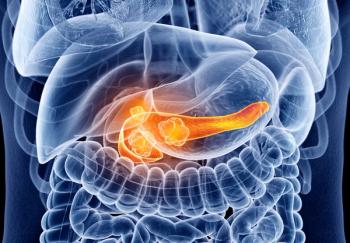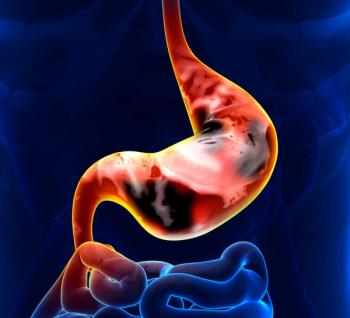
ASCO GI: Oral Chemo S-1 Increases Survival in Pancreatic Cancer, Japanese Study Shows
An oral fluoropyrimidine, S-1, used as an adjuvant therapy in Japanese patients with resected pancreatic cancer has shown an improved overall survival compared with the standard adjuvant therapy gemcitabine (Gemzar).
The oral fluoropyrimidine S-1, used as an adjuvant therapy in Japanese patients with resected pancreatic cancer, has shown an improved overall survival compared with the standard adjuvant therapy gemcitabine (Gemzar). The
Pancreatic tumor cells stained with an immunocytochemical stain with methyl green in the background; magnified to 400×
This noninferiority trial showed that S-1 adjuvant chemotherapy was not only noninferior but, in fact, was superior to gemcitabine. Previous studies of S-1 in Asian populations had suggested that S-1 was noninferior to gemcitabine in pancreatic cancer patients.
“Our survival data were much stronger than expected. Based on these results, we hope that guidelines for standard postoperative therapy for pancreatic cancer in Japan will be changed to replace gemcitabine with S-1 as single-agent therapy,” said Katsuhiko Uesaka, MD, PhD, medical deputy director at Shizuoka Cancer Center and lead author of the trial, in a press release.
All 385 patients in the trial had stage I to III pancreatic adenocarcinoma that had been surgically resected. Patients were randomized 10 weeks after surgery to either six courses of gemcitabine or S-1 given twice daily for 4 weeks and repeated every 6 weeks for four courses.
The 2-year survival rates were 70% for the S-1 arm compared with 53% for the gemcitabine arm (hazard ratio = 0.56; P < .001). Relapse-free survival at 2 years was 49% for patients in the S-1 arm compared with 29% for patients in the gemcitabine arm.
Patients in the S-1 arm had a 44% lower risk of mortality at 2 years compared with those on the gemcitabine regimen.
The major grade 3 and 4 toxicities in the S-1 and gemcitabine arms included fatigue (5.4% vs 4.7%, respectively), anorexia (8% vs 5.4%), leucopenia (8.6% vs 38.7%), thrombocytopenia (4.3% vs 9.4%), anemia (13.4% vs 17.3%), and elevated AST (1.1% vs 5.2%).
GI side effect profiles are different for Asian and white patients taking S-1. The GI side effects are more severe for white patients due to differences in the metabolic processing of the drug, requiring lower doses of the oral chemotherapy. Uesaka indicated that for these reasons, these trial results cannot be extrapolated to non-Asian populations.
S-1 is available in Europe and several Asian countries, where the drug is approved as a first-line therapy for advanced gastric cancer in combination with cisplatin. It is not yet approved in the United States, though a phase III gastric cancer trial is underway in the United States.
Newsletter
Stay up to date on recent advances in the multidisciplinary approach to cancer.


















































































